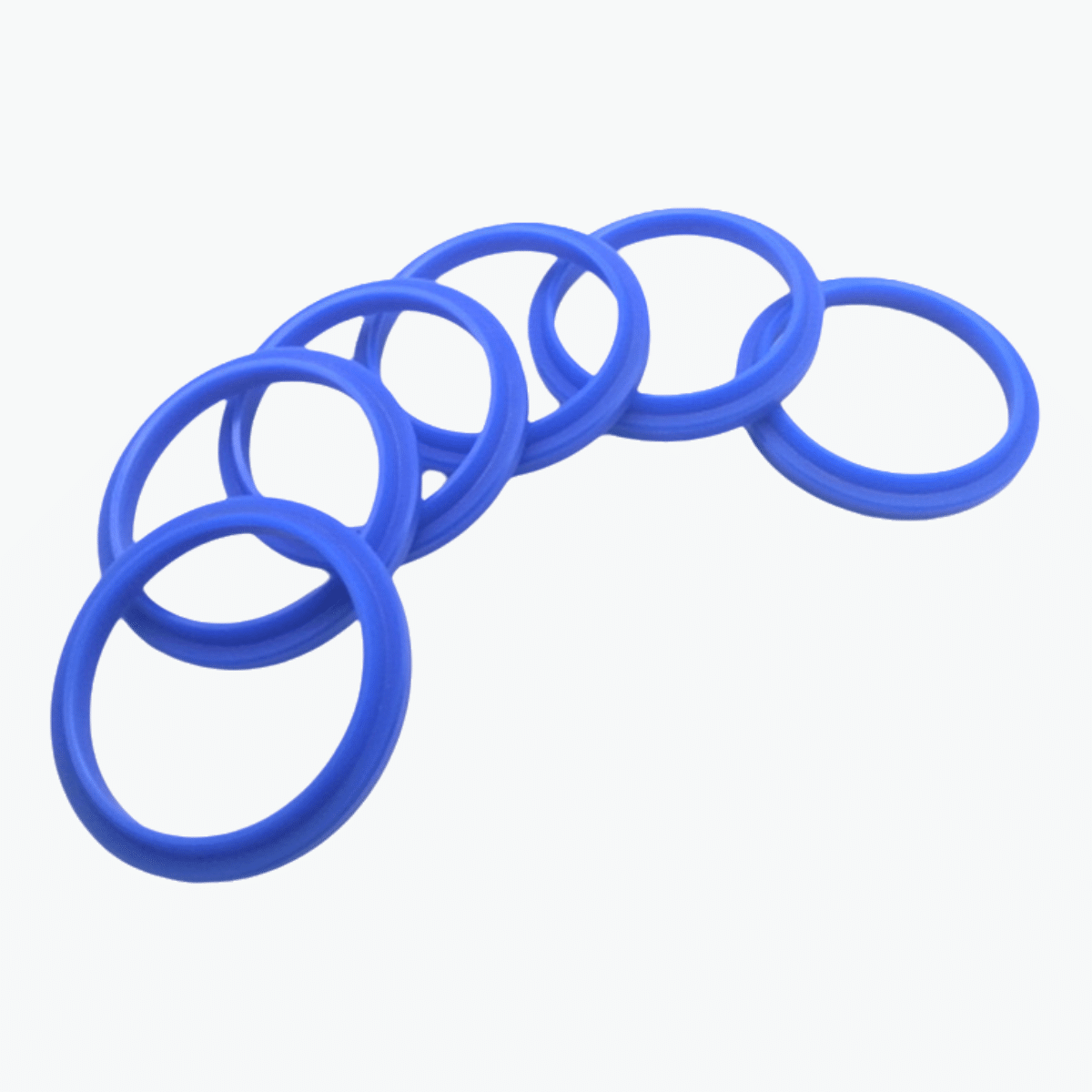Necerta ĉu vi bezonas oleo sigelo aŭ a polvo sigelo? I’ve been there. I’ll walk you through their differences, so you don’t end up choosing the wrong seal for your application.
Oil seals and dust seals serve different purposes: one keeps lubrication in, the other keeps poluaĵoj eksteren. Here’s how to decide.

Keep reading to discover which sealing solution works best for motors, gearboxes, and off-road machinery.
What is the main difference between an oil seal and a dust seal?
Many people confuse dust seals and oil seals—but their jobs are quite different.
Oil seals are for lubricant retention, dum polvo sigeloj are for blocking external contaminants.

Oil seals (also called rotary shaft seals) are used in lubricated rotating machinery to prevent oil leaks, such as in gearboxes or hydraulic pumps. Dust seals (wiper seals) are designed for harsh outdoor environments, blocking dirt, mud, and water that could damage the shaft.
| Karakterizaĵo | Oleo Sigelo | Polva Sigelo |
|---|---|---|
| Funkcio | Retains lubricant | Blokas polvon kaj derompaĵojn |
| Ideala Uzo | Motors, gearboxes | Construction, off-road |
| Materialo | NBR, FKM, PTFE | NBR, FKM |
| Aplikoj | Lubricated systems | Dust-prone systems |
| Oftaj Modeloj | TG4, TCV | EC, DKB |
Want to dive deeper into seal structure? Check out our TC oil seal structure guide.
Which seal material is best for your application?
Not all rubber is created equal—choosing the right material is essential.
Uzu NBR for basic oil or dust resistance, FKM for heat/chemicals, and PTFE when speed is key.
Let’s break it down:
- NBR (nitrilo): Great for standard oil/dust resistance
- FKM (Viton®): Ideal for high temp & chemical exposure
- PTFE: Excellent in high-speed, low-friction setups
For pneumatic environments, polva viŝilo sigeloj are your go-to.
Where are oil seals and dust seals used?
Your choice depends on the operating conditions.
Oil seals are a must for internal lubrication systems; dust seals shine in dirty, outdoor conditions.
Oil Seals Are Common In:
- Gearboxes & motors
- Hidraŭlikaj sistemoj
- Rotary shaft equipment
Polvaj Sigeloj Estas Uzitaj En:
- Excavators, bulldozers, tractors
- Off-road vehicles
- Cylinders in dusty environments
Want something custom-fit? Explore our custom oil seal solutions.
How do you choose the right seal?
The trick is to match speed, pressure, and environment.
Here’s a quick guide:
| Kondiĉo | Plej bona Elekto |
|---|---|
| Altrapida rotacio | Oil seal with PTFE |
| Dusty construction zone | FKM dust seal |
| Outdoor shaft without oil | Dust seal only |
| High-pressure hydraulic pump | NBR oil seal |
Need help choosing? Our rotary seal selection guide makes it easy.
How to maintain seal performance over time?
Even the best seals fail without proper care.
💡 Here’s what I recommend:
- Replace seals every 12–24 months
- Inspect shaft surfaces for damage
- Use the correct storage method
- Choose seals rated for your system’s real temperature/pressure
Want your seals to last longer? Read our guide on extending rotary seal life.
Konkludo
Oil seals retain lubrication; dust seals keep out debris. Choose based on environment, speed, and pressure.
Get expert sealing advice & place your order
📩 Mail:[email protected]
📞 WhatsApp:+86 17622979498
Related post
- How to Choose the Right Rotary Shaft Seal?
- TC Ole Sigelo: Strukturo, Specifoj kaj Uzoj
- Custom Size Oil Seals: When and Why You Need Them
- Kiel Plilongigi la Vivdaŭron de Viaj Rotaciaj Ŝaftaj Sigeloj?
- Reliable Radial Shaft Seals for High-Speed Applications


